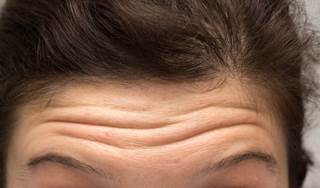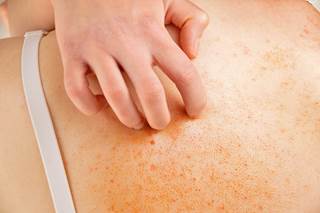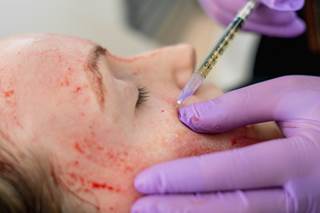
Approval of the new indication was supported by data from KEYNOTE-017 trial which included 50 patients.
The Food and Drug Administration has granted accelerated approval to Keytruda (pembrolizumab; Merck) for the treatment of patients with recurrent locally advanced or metastatic Merkel cell carcinoma (MCC). The accelerated approval was based on tumor response rate and durability of response; continued approval for this indication may be contingent upon verification of clinical benefit in the confirmatory trials.
Approval of the new indication was supported by data from KEYNOTE-017 (NCT02267603), a multlicenter, non-randomized, open-label trial (N=50) of patients with recurrent locally advanced or metastatic MCC who had not received prior systemic therapy for their advanced disease.
The major efficacy outcome measures were overall response rate (ORR) and response duration assessed by blinded independent central review per RECIST 1.1.
The ORR was 56% (95% CI, 41, 70) of which 24% were complete response. Of the responders (n=28), 96% had a response duration lasting >6 months, and 54% had a response lasting >12 months. At the time of analysis, the median response duration was not reached.
Fatigue, musculoskeletal pain, decreased appetite, pruritus, diarrhea, nausea, rash, pyrexia, cough, dyspnea, constipation, pain, and abdominal pain were the most common adverse reactions associated with Keytruda monotherapy.
Keytruda, a human programmed death receptor-1 (PD-1) blocking antibody, is already approved to treat various colorectal, gynecologic, head and neck, lymphoma, skin, and respiratory cancers. It is available as 50mg/vial as a lyophilized powder for IV infusion, and as a 25mg/mL per vial solution fo IV infusion.
For more information call (800) 672-6372 or visit Keytruda.com.







